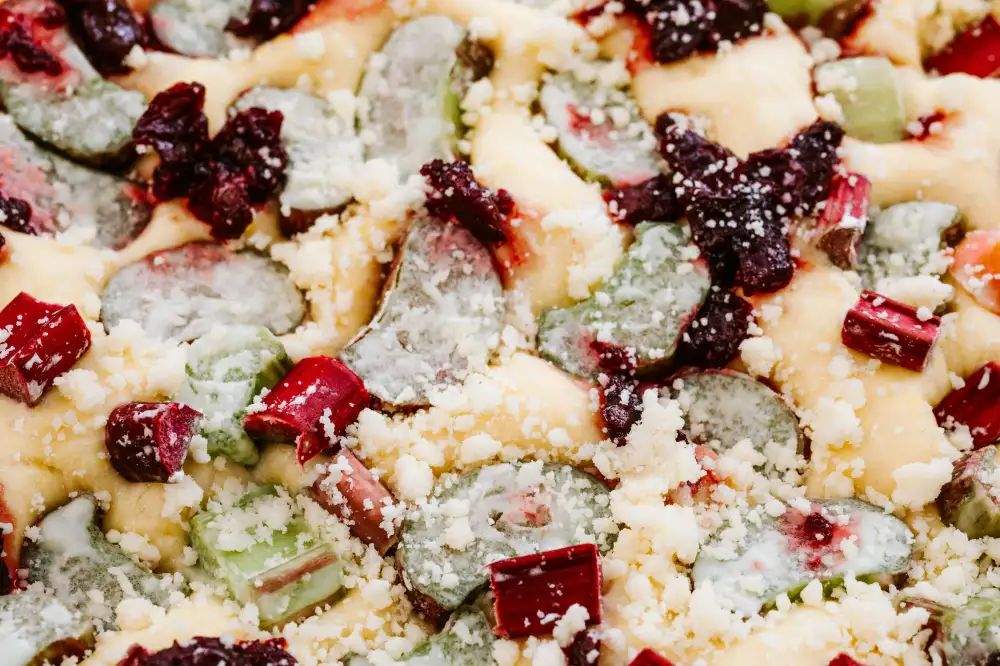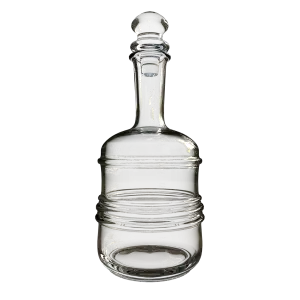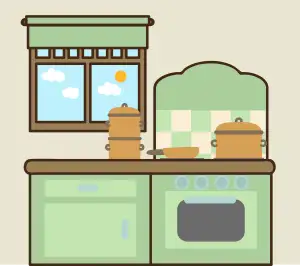Unlock the Secrets of Rhubarb Harvest: Discover the Perfect Time to Harvest Rhubarb for Homegrown Delights

Rhubarb, with its vibrant red stalks and tart flavor, is a versatile vegetable that is widely used in cooking and baking. Harvesting rhubarb at the right time ensures optimal taste and texture in your dishes. But when is the perfect time to harvest this delightful plant? In this article, we will explore the growth cycle of rhubarb, signs that indicate it is ready for harvest, the best time of year to harvest, as well as tips on how to properly harvest and store this bountiful crop. Get ready to unlock the secrets of rhubarb harvesting and enjoy the rewards of your own homegrown produce.
Understanding the growth cycle of rhubarb
Understanding the growth cycle of rhubarb is essential for successful harvesting. Rhubarb is a perennial plant that goes through distinct stages throughout the year. In early spring, as temperatures rise, rhubarb plants emerge from their dormant state. The first sign of growth is the appearance of small, red shoots breaking through the soil.
As the weather continues to warm up, these shoots quickly develop into large, vibrant green leaves. During this stage, rhubarb plants focus on building up energy reserves in their roots. It is crucial not to harvest any stalks during this initial growth phase as it weakens the plant and reduces its productivity.
Once the leaves have fully developed and reached their maximum size, usually around mid to late spring, rhubarb enters its peak growing period. At this point, the plant has stored enough energy and nutrients to sustain itself while producing delicious stalks for harvest.
Throughout summer, rhubarb continues to grow and produce more stalks. However, it's important to note that as the season progresses, the quality and taste of rhubarb may decline due to increased heat and prolonged exposure to sunlight.
Towards the end of summer or early fall, when temperatures start dropping again and daylight hours shorten, rhubarb begins preparing for dormancy. The leaves gradually turn yellow and start wilting as they transfer nutrients back into the roots for winter storage.
Understanding these growth stages helps determine when it's appropriate to harvest rhubarb without harming its long-term health and productivity. By waiting until the plant has reached maturity and accumulated sufficient energy reserves in its roots, you can ensure a bountiful harvest year after year.
Signs that indicate rhubarb is ready for harvest
1. Size and color: Mature rhubarb stalks are usually thick and have a vibrant color, ranging from deep red to light green. Look for stalks that are at least 10-12 inches long and about 1 inch in diameter.
2. Firmness: Gently squeeze the stalks to check their firmness. Ripe rhubarb should feel crisp and firm, indicating it is ready to be harvested.
3. Easy pull: When the stalks are mature, they will easily detach from the plant with a gentle tug. Avoid forcefully pulling the stalks as this can damage the plant.
4. Leaf size: Pay attention to the size of the leaves. If they are large and healthy-looking, it is a good indication that the rhubarb plant is strong and ready for harvest.
Remember, it's important not to harvest rhubarb during its first year of growth as it needs time to establish strong roots. By observing these signs, you can ensure that you harvest your rhubarb at its peak flavor and texture for delicious homegrown delights.
Best time of year to harvest rhubarb
The best time of year to harvest rhubarb is in the spring, typically from April to June. Rhubarb plants need a period of cold weather to thrive, so it's important to wait until after the winter frost has passed before harvesting. During this time, the rhubarb stalks will be at their peak flavor and tenderness. It's important not to harvest too early in the season, as this can weaken the plant and reduce future yields. By waiting until the stalks are thick and firm, you can ensure a bountiful and delicious harvest.
How to properly harvest rhubarb
To properly harvest rhubarb, it is important to follow a few simple steps. First, ensure that the plant is at least two years old before harvesting. This allows the rhubarb to establish a strong root system.
When the stalks are thick and firm, they are ready for harvest. To harvest, firmly grasp the stalk near its base and gently pull upwards while twisting slightly. Avoid cutting or damaging the crown of the plant as this can hinder future growth.
Only harvest about one-third of the stalks at a time to allow the plant to continue producing throughout the season. Remove any leaves attached to the stalks as they contain toxic levels of oxalic acid.
Remember to never harvest rhubarb during its first year of growth as it needs time to establish itself. By following these guidelines, you can ensure a bountiful and sustainable rhubarb harvest year after year.
Storing and preserving harvested rhubarb
Storing and preserving harvested rhubarb is crucial to ensure its freshness and flavor for future use. After harvesting, it's important to remove any leaves attached to the stalks as they contain toxic substances. Trim the ends and wash the stalks thoroughly before storing. Rhubarb can be stored in the refrigerator for up to two weeks by wrapping it in a damp paper towel and placing it in a plastic bag. For long-term preservation, rhubarb can be frozen. To do this, cut the stalks into small pieces, blanch them briefly in boiling water, then cool them quickly in ice water before draining and packing them into freezer-safe containers or bags. Properly stored rhubarb will retain its taste and texture, allowing you to enjoy this versatile ingredient even after the harvest season has ended.
Tips for maximizing rhubarb yield
1. Fertilize regularly: Rhubarb plants benefit from a balanced fertilizer application in early spring and again after the first harvest. This helps provide essential nutrients for healthy growth and higher yields.
2. Mulch around the plants: Applying a layer of organic mulch, such as compost or straw, around the base of rhubarb plants can help retain moisture, suppress weeds, and regulate soil temperature. This promotes optimal growth and increases yield.
3. Adequate watering: Rhubarb requires consistent moisture throughout the growing season. Water deeply once a week, especially during dry spells, to ensure the roots have access to sufficient water. Avoid overwatering as it can lead to root rot.
4. Regular harvesting: Harvesting rhubarb stalks regularly encourages new growth and increases overall yield. Aim to harvest stalks when they are about 10-15 inches long and firm. Avoid letting them become too thick or woody.
5. Remove flower stalks: Rhubarb plants tend to produce flower stalks known as "bolting." These should be promptly removed as they divert energy away from producing edible stalks, reducing overall yield.
6. Divide and transplant: Every 4-5 years, consider dividing mature rhubarb crowns in early spring or late fall to promote healthier growth and higher yields. Transplant these divisions to other areas of your garden or share them with fellow gardeners.
By following these tips, you can maximize your rhubarb yield and enjoy an abundant harvest of this deliciously tart vegetable that is perfect for pies, jams, sauces, and more!
Now that you have successfully harvested your rhubarb, it's time to enjoy the delicious rewards of your hard work. Rhubarb can be used in a variety of culinary delights, from pies and tarts to jams and sauces.
One popular way to savor the tangy flavor of rhubarb is by making a classic rhubarb pie. The tartness of the rhubarb combined with a sweet crust creates a perfect balance of flavors. You can also try making rhubarb compote or stewed rhubarb, which can be enjoyed on its own or served as a topping for pancakes or ice cream.
If you prefer something refreshing, why not make a rhubarb-infused drink? Rhubarb lemonade or rhubarb mojitos are both excellent choices for quenching your thirst on a hot summer day.
Remember, when cooking with rhubarb, it's important to remove the leaves as they contain toxic substances. Only use the crisp and colorful stalks in your recipes.
So go ahead and experiment with different recipes using your freshly harvested rhubarb. Whether you choose to bake, cook, or preserve it for later use, this versatile ingredient will surely add a unique twist to your culinary creations. Enjoy the delightful taste and vibrant color that only homegrown rhubarb can offer!
Published: 11. 02. 2024
Category: Home



